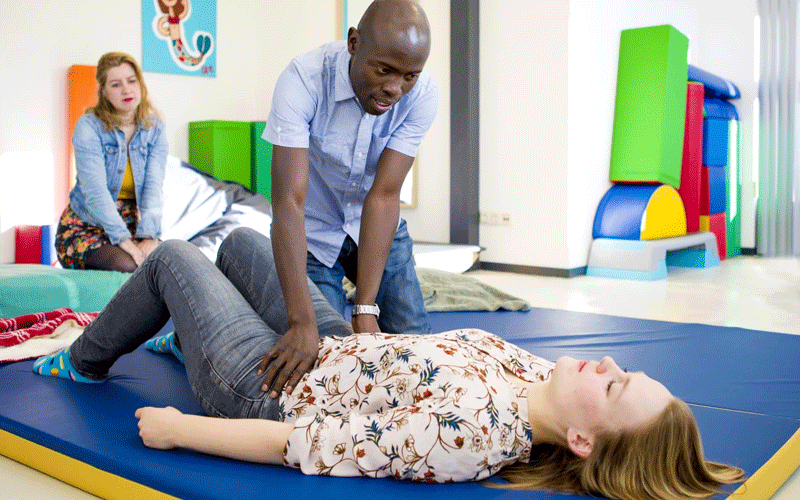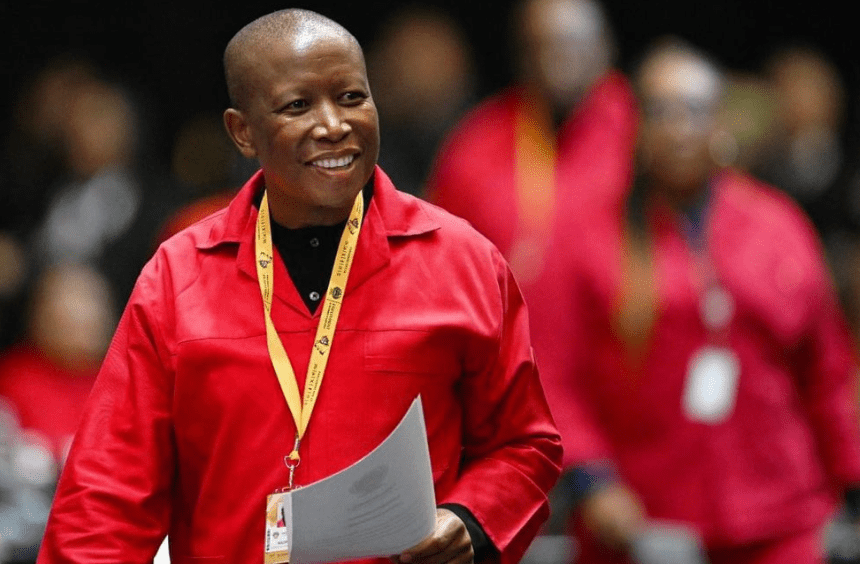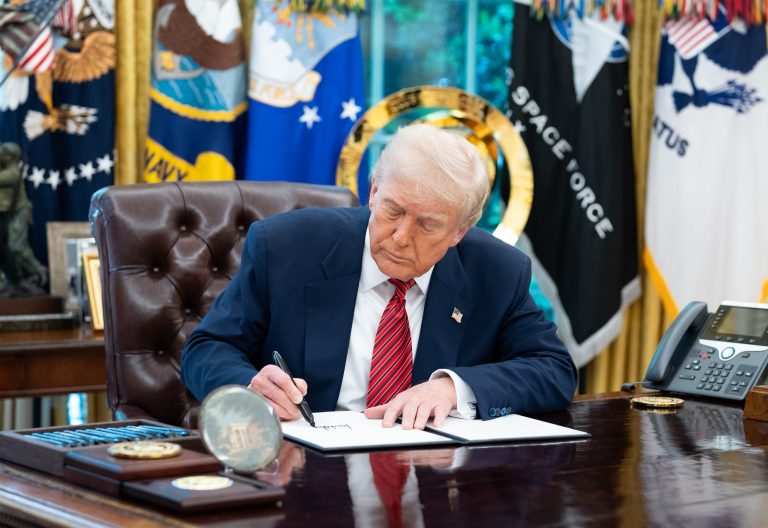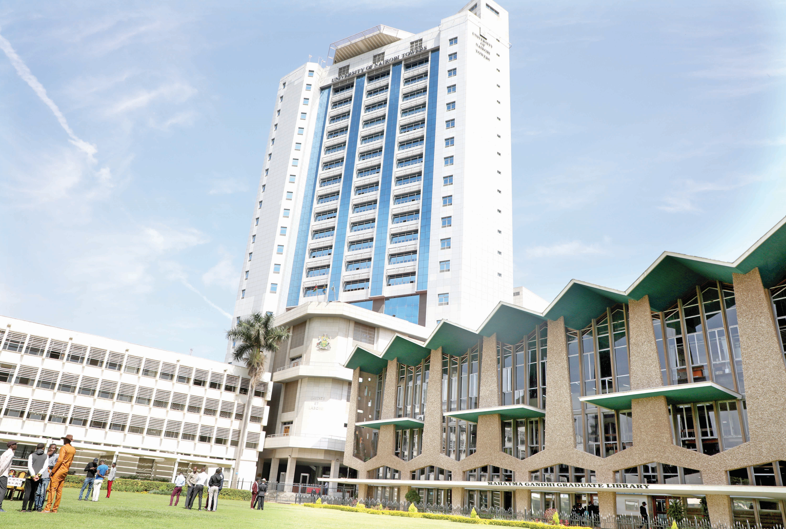The healing power of breathing

Betty Muindi @BettyMuindi
With all of the stressors of today, including the now raging coronavirus pandemic, which has thrown the world into a spin, you need to have something to fall back to survive— and even enjoy a semblance of good health.
April 11 was World Breathing Day, which offered an opportunity for people globally to be aware of and celebrate the healing nature of conscious breathing.
Breathing is an automatic sub- conscious process driven by the part of the brain that controls other life-sustaining functions such as heartbeat and sleeping patterns.
According to Vincent Oloo of Transformational Breath, who has a 15- year experience in holistic therapies and breathwork, learning how to breath properly is an art that does not need special equipmentand facilities.
He adds that it can be learned in the comfort of our houses, especially now that the world is battling coronavirus, which attacks the respiratory system.
“During this pandemic, one thing or tool we all have at our disposal in our quarantine places and homes that will never leave us until we breathe our last is our breath,” he explains.
Given the level of anxiety and uncertainty around the world, including Kenya, he recommends breathing exercises that can be done at home in case of anxiety, stress, anger or Post-Traumatic Stress Disorder (PTSD), a mental health condition that’s triggered by a terrifying event, either experiencing it or witnessing it.
Oloo has embraced Transformational Breath, a process founded and co-created just more than 40 years ago by Dr Judith Kravitz, a doctor in metaphysics after a cancer diagnosis.
“While Judith had an option for surgery to treat the cancer, she opted to go conscious breathing.
After several months of disciplined breathing, physical exercise and change of diet ultimately improving her health she then decided to put together all the tools that she used to heal herself ad co-created Transformational Breath,” heexplains
Oloo, who has taught in Kenya and Btirtain, describes the therapy as one of the most effective, dynamic and liberating form of self-healing modality we have on the planet today. This technique is practised and taught in more than 50 countries globally.
Of the various types of breathing, the one best suited for everyday relaxed functioning, according to Oloo, is diaphragmatic breathing.
Not only is it the most efficient type of breathing in terms of exchange of oxygen in the lungs, but its beneficial effects extend far beyond that.
The diaphragm is a muscle dividing the chest and abdominal cavities. In its relaxed state, it is shaped like a domed parachute bulging upward.
When it contracts it flattens from a dome to a disc, enlarging the chest cavity for the lungs to fill with air.
Diaphragmatic breathing
As the diaphragm moves down it decreases the volume of the abdominal cavity, so if the abdominal wall is relaxed it moves passively outward.
Since we cannot see the actual action of the diaphragm, this movement of the abdominal wall in and out is an indication of the correct diaphragmatic breathing.
With an inhalation, the abdomen (the part right below the rib cage) moves outward; with an exhalation it moves back in.
“In our modern stress-producing society, a great percentage of people breathe with their chests. That means that their upper chest is expanding during inhalation, filling only the upper part of the lungs with air; the region of the diaphragm remains stationary and often very tense,” he explains.
“This produces the need to breathe more rapidly to compensate for the inefficiency of chest breathing.
Because the body recognises rapid breathing as a sign of danger, it prepares for the “fight or flight” response, activating all the other emergency measures in the body such as releasing adrenalin into the system, elevating the heart rate, and so on,” he continues.
Conscious awareness
This constant perception of “danger” by the body creates a vicious circle of stress and anxiety, which can lead to serious chronic illnesses. A tense diaphragm is also often a sign of blocking unwanted emotions —such as aggression and fear — out of our conscious awareness.
“Through retraining ourselves to breathe diaphragmatically we can send our bodies an “all is well” message, even amid ordinarily quite stressful situations, and reverse the self-perpetuating cycle of stress and anxiety,” he says.
Diaphragmatic breathing has already proven in clinical tests to be an efficient therapeutic tool in treating many physical and mental disorders, such as chronic anxiety and hypertension.
It is also commonly known that emotions profoundly affect the smoothness and regularity of our breathing.
“Sobs of sorrow, snorts of anger, and gasps of fear, surprise, or delight are all disruptions of the even flow of a relaxed breathing pattern.
The practice of diaphragmatic breathing in a smooth, relaxed way without any unnecessary pauses or jerks is the key to gaining mastery over our negative emotions, releasing stress, and getting rid of breath patterns associated with major physical and mental disorders, especially now that everything has come to a standstill because Covid-19,” he says.
This method, however, Oloo says is not meant to substitute medical or conventional treatment.
He explains that a full transformational breath session goes beyond just the diaphragmatic breathing, it entails coaching, affirmations and hands on facilitation thus the need to seek the help of certified facilitators.










